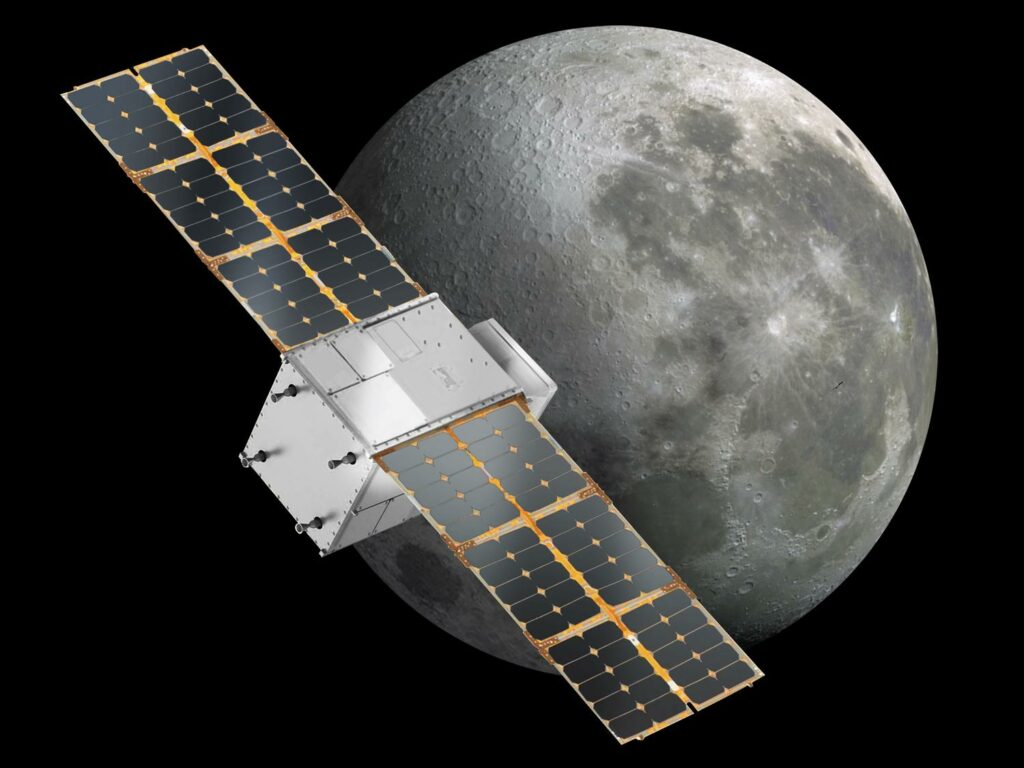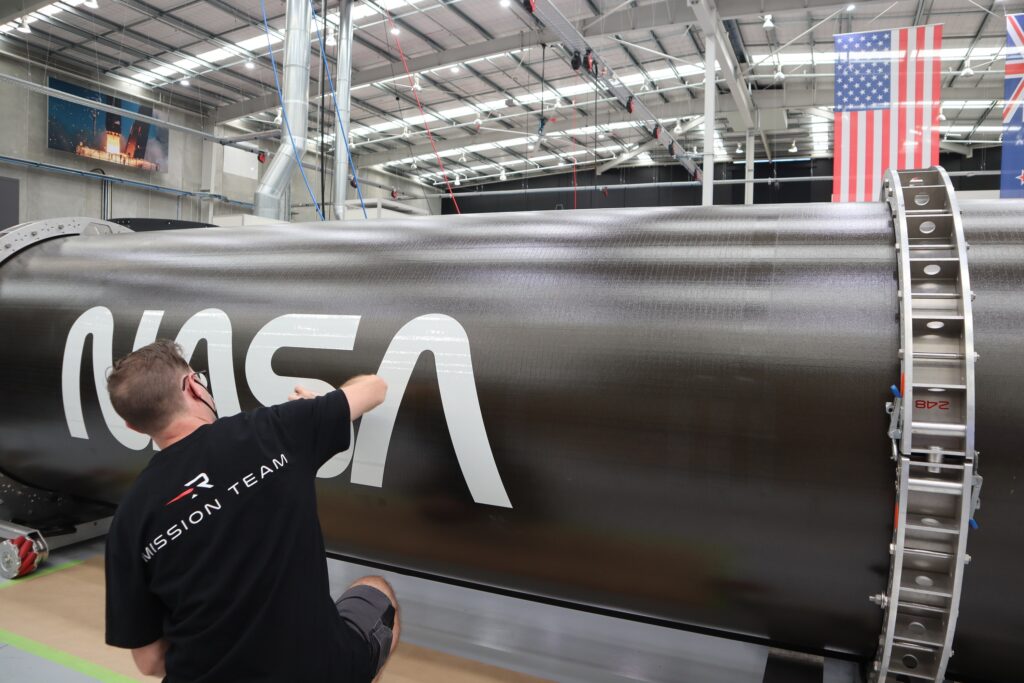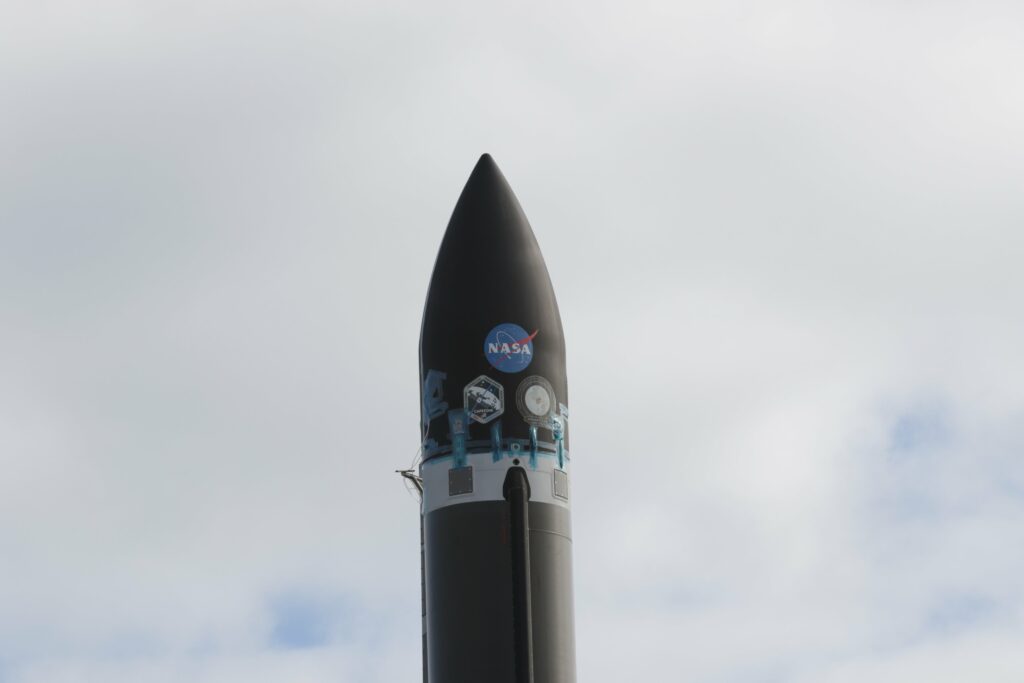The CAPSTONE spacecraft has been delivered to the Rocket Lab launch pad located on New Zealand’s Mahia Peninsula. In the near future, the company’s specialists will begin installing it on the Electron rocket, whose launch is scheduled for May 31.
Goals and objectives of CAPSTONE
The CAPSTONE satellite (Cislunar Autonomous Positioning System Technology Operations and Navigation Experiment) was developed by Advanced Space and Tyvak Nano-Satellite Systems by order of NASA. The satellite is built on the basis of the Kubsat platform (12U), its weight is 25 kg.

The main task of CAPSTONE is to check an almost rectilinear halo Orbit (Near-Rectilinear Halo Orbit, NRHO) centered around the L2 Lagrange point of the Earth system — Moon. In the pericenter, the device will approach 3 thousand km to the south pole of the Moon, in the apocenter it will move away from it by 70 thousand km.
According to the calculations of scientists, in this place the gravitational forces of our planet and its moon mutually balance each other. Located in the NRHO orbit, the device will practically not waste fuel to maintain its position. That is why NASA and ESA chose it to host the Gateway lunar orbital station. CAPSTONE will have to test its long-term stability in practice.

Another important task of the mission is to test an autonomous navigation system. And finally, CAPSTONE is an important milestone for Rocket Lab. It will be the first vehicle launched by the Electron rocket beyond Earth orbit.
CAPSTONE Mission Launch Date
Now, Rocket Lab specialists have already checked the Electron launch rehearsal. The next step is to install CAPSTONE on the launch vehicle. The ballistic window for launching the mission will open on May 31. It will take about four months for the spacecraft to enter the NRHO orbit.

It is also worth noting that, if successful, Electron will become the smallest rocket in history to successfully send cargo to the Moon. The length of the carrier is 18 meters, the diameter is 1.2 meters, the weight (in the refueled state) is 12.5 tons.
Recall that Rocket Lab recently used a helicopter to pick up the first Electron stage returning from space.
According to https://www.businesswire.com
Follow us on Twitter to get the most interesting space news in time
https://twitter.com/ust_magazine

